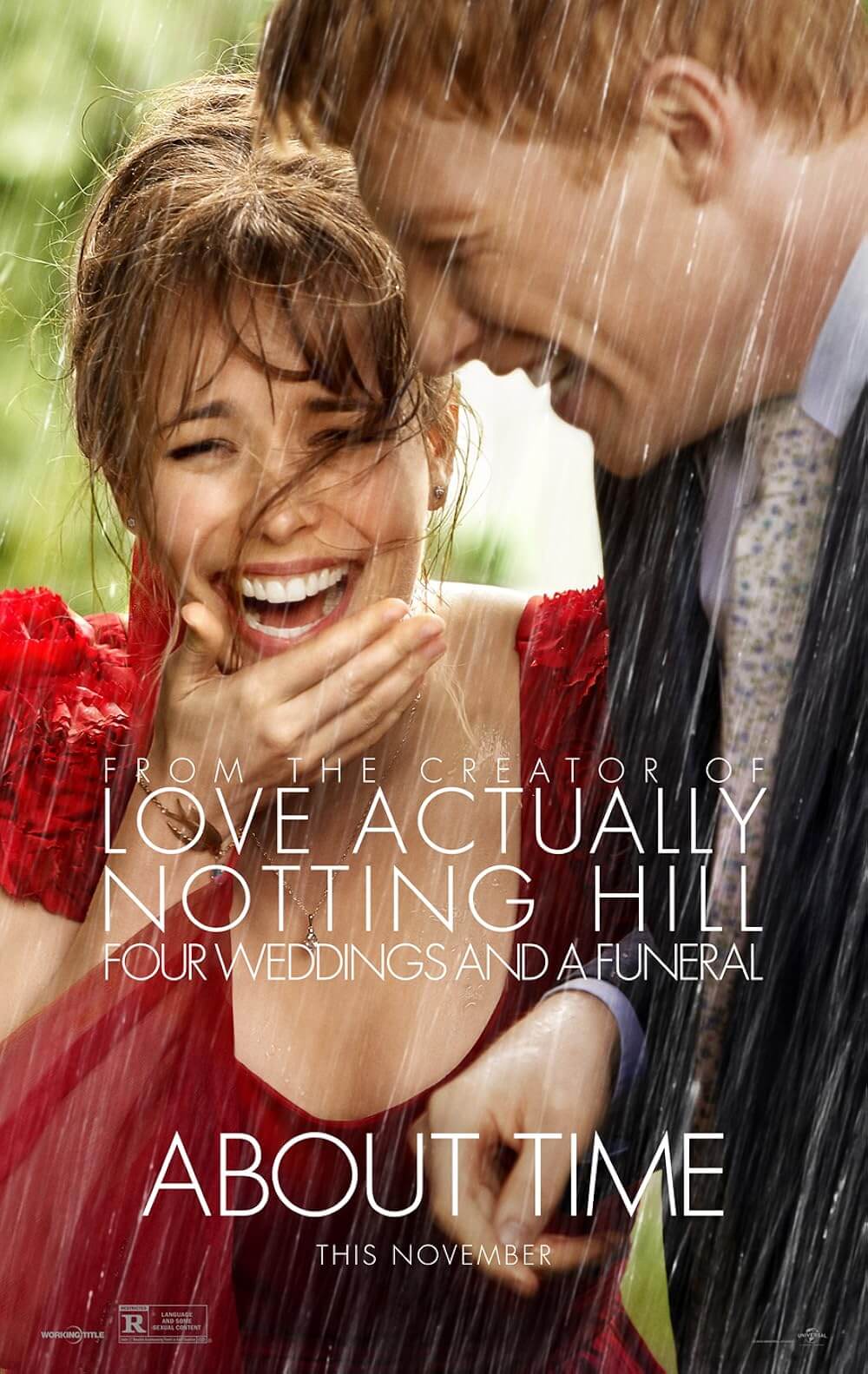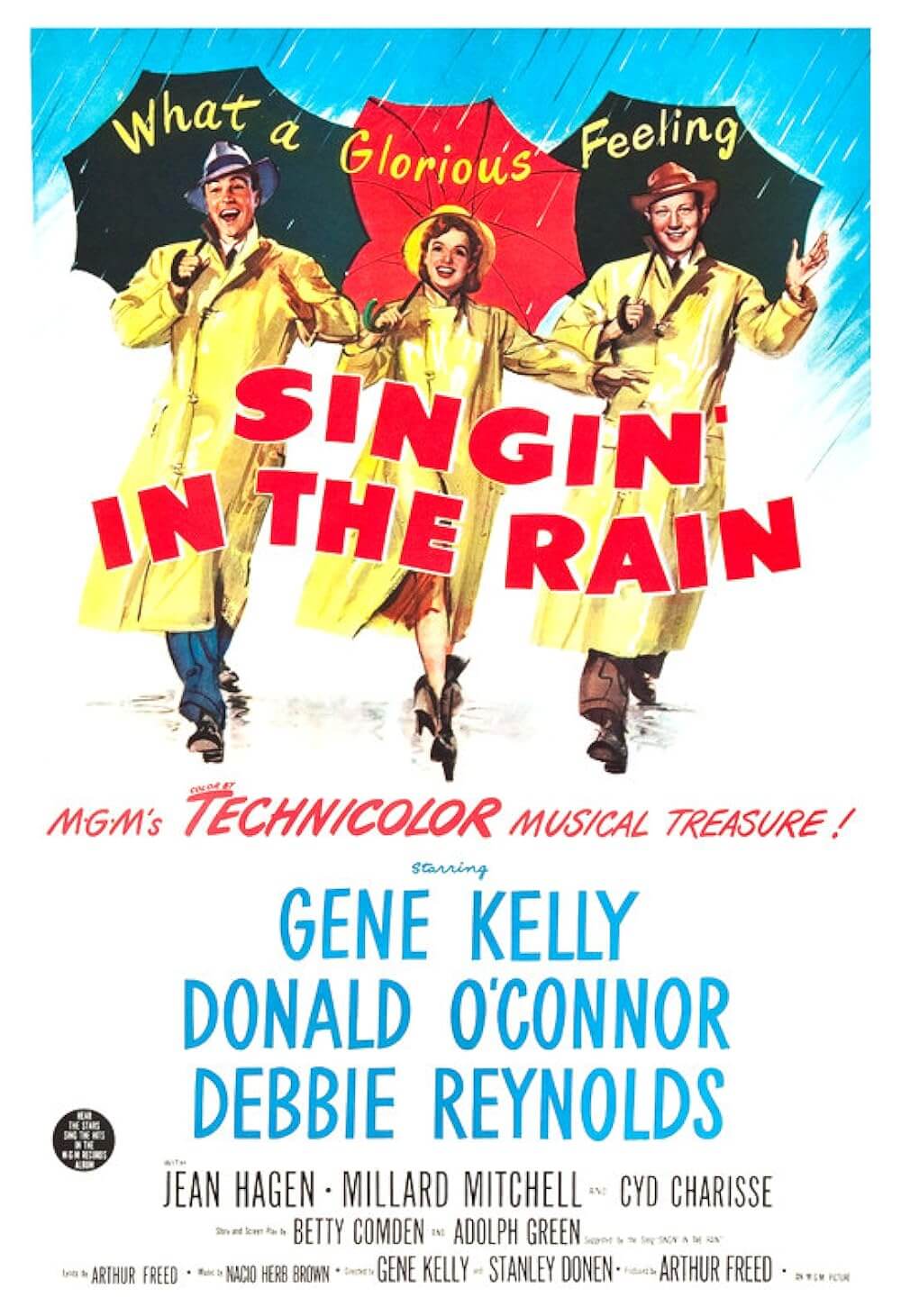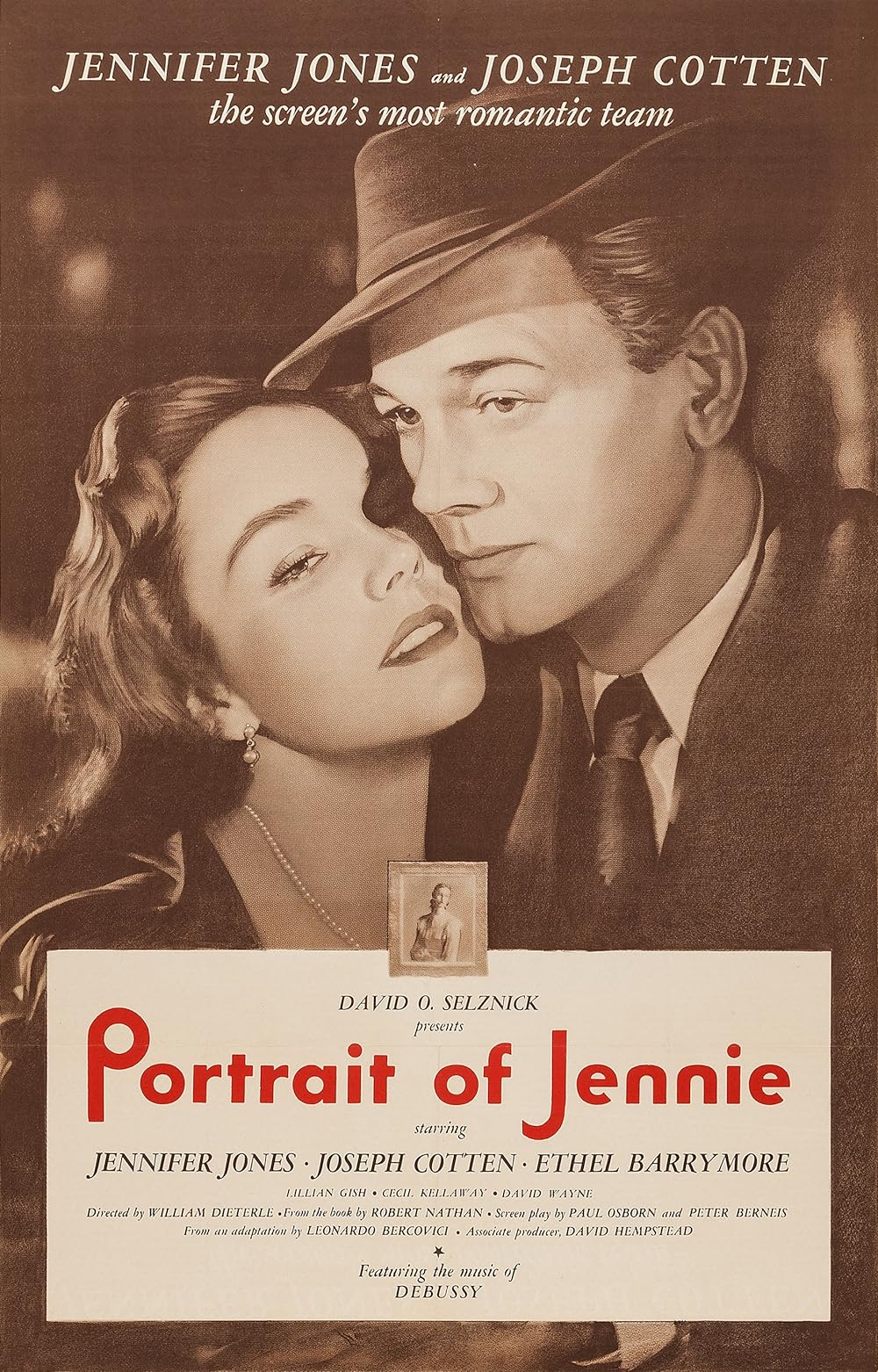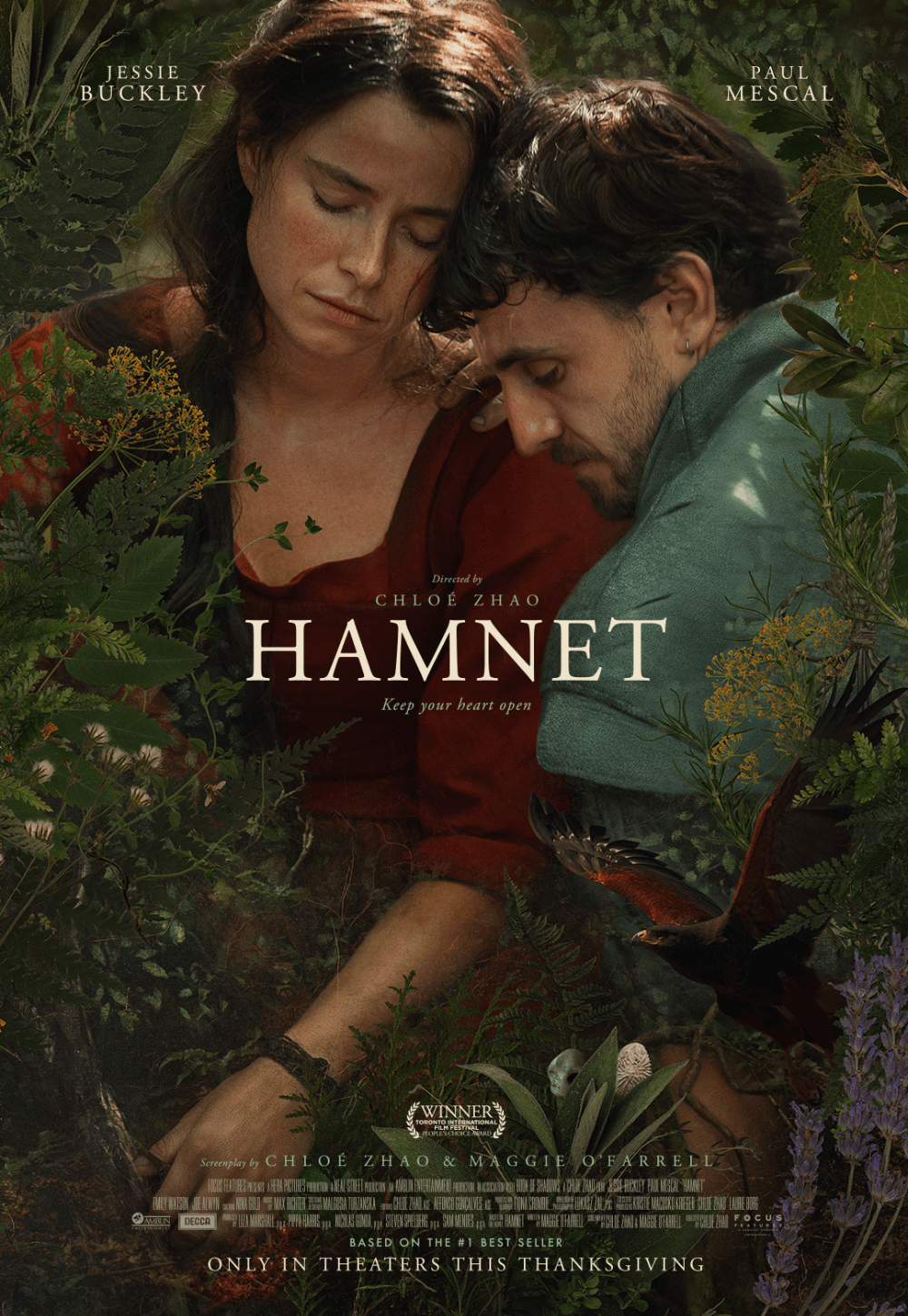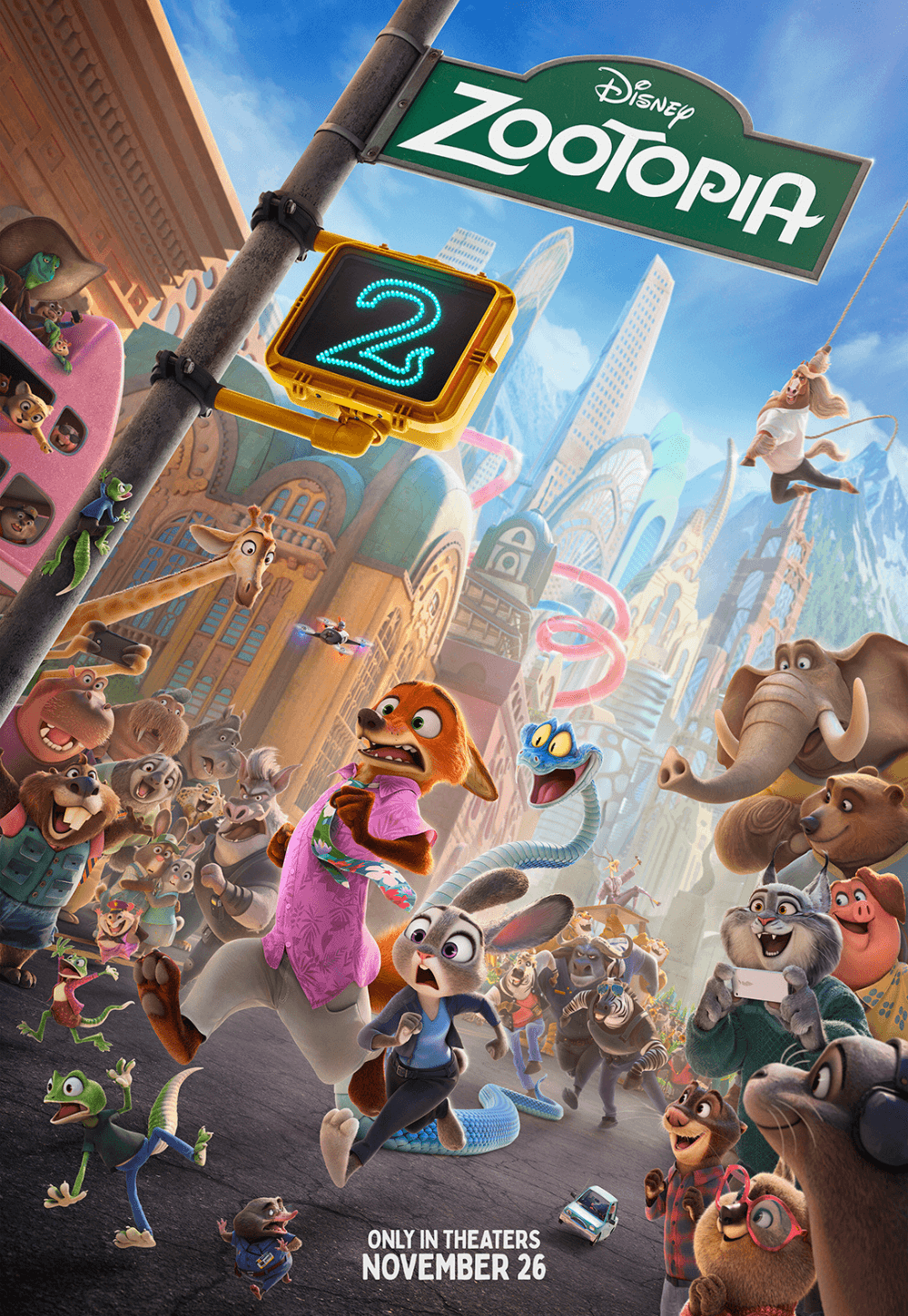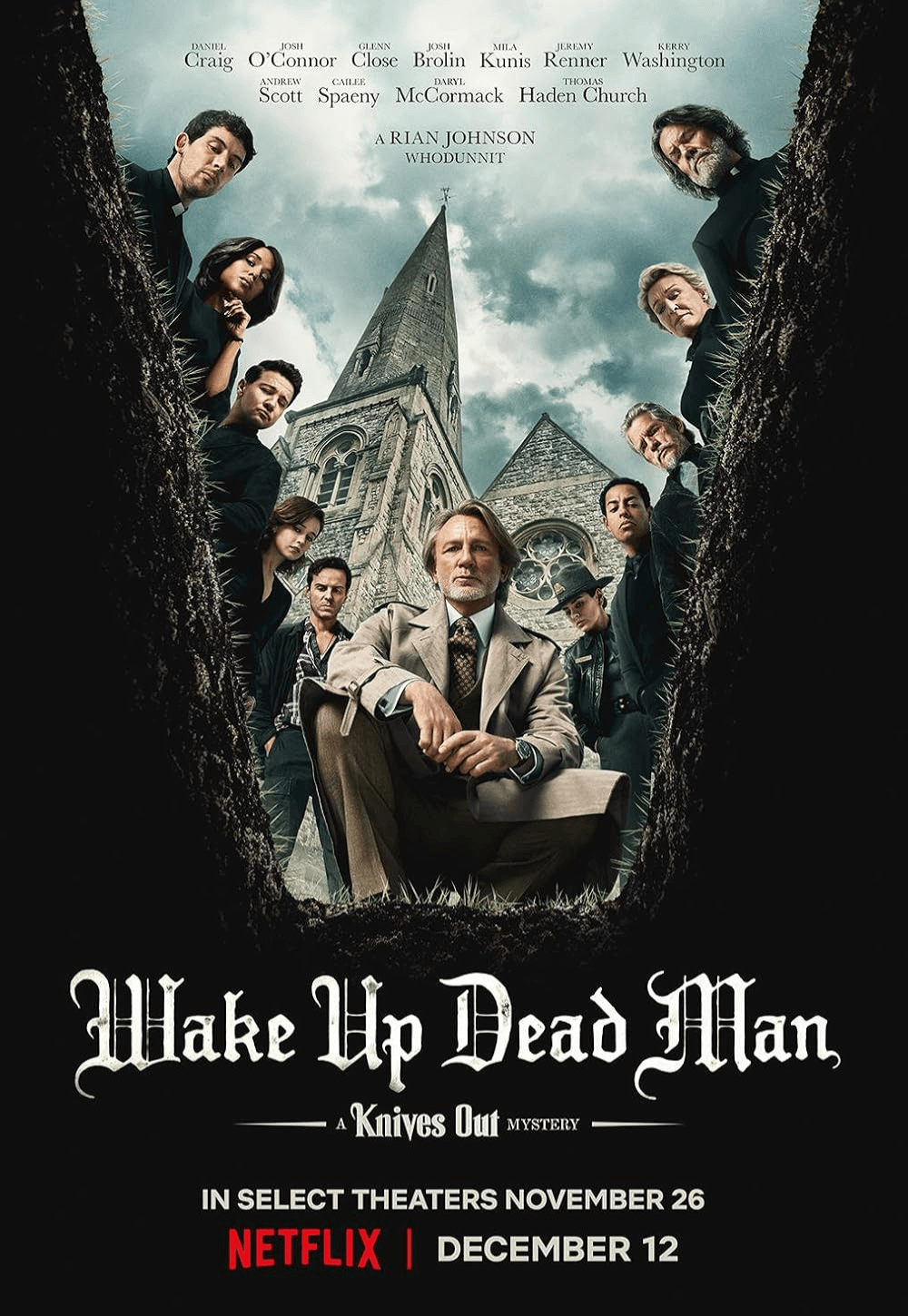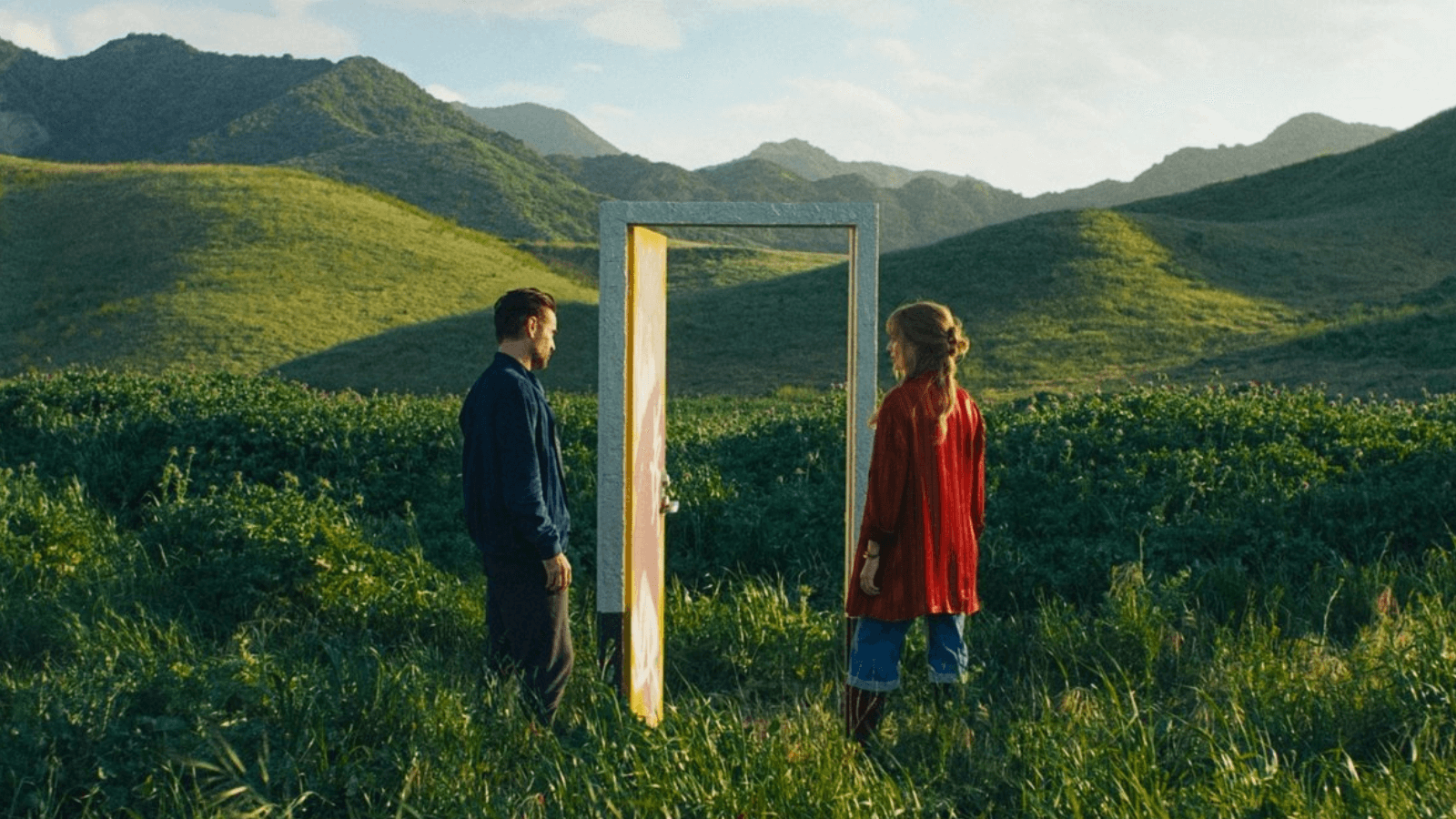
A Big Bold Beautiful Journey
By Brian Eggert |
Even with all the bright colors and whimsy of a Hollywood musical, albeit without the requisite song-and-dance numbers (well, there’s one), A Big Bold Beautiful Journey ultimately feels rather muted and shallow. That’s despite the film’s attempts at profundity, which involve mining its characters’ pasts in dramatic, gorgeously conceived vignettes, most of which center on their troubled romances and complex relationships with their parents. And that’s also despite the film’s leads, Margot Robbie and Colin Farrell, two attractive and talented movie stars, who have never felt so neutralized. In this third feature by Columbus (2017) and After Yang (2022) helmer Kogonada, the Korean-American filmmaker and video essayist draws from the enchanting energies of Singin’ in the Rain (1952) and Big (1988)—both referenced in the film—as well as the cinema of Michel Gondry and Charlie Kaufman. Using a familiar, transportive cine-magic as fuel, he directs Seth Reiss’ script into a rainbow-colored and confoundingly ineffective existential romance that transcends time and space, hopes to impart grand life lessons through dramatic clichés, and registers as a surprising misfire.
Farrell plays David, just a guy on his way to a wedding when he discovers a boot on his car. Then he sees a convenient sign for The Car Rental Agency. When he visits, he finds a Kaufman-esque business inside a vast, empty warehouse with only two 1994 Saturn sedans in its inventory. Pressured by the only two employees (a foul-mouthed German played by Phoebe Waller-Bridge, and a grandfatherly Kevin Kline), David agrees to take their GPS device with the rented car, complete with an animated screen and a HAL-9000 eye. At the wedding, under perpetual rain yet also sunshine, David’s eyes meet Sarah’s (Robbie). They exchange some flirtatious remarks. She even asks him randomly to marry her. But he turns down both her request to dance and her proposal of marriage, and he regrets it. The next day, on the way home, the GPS asks David, “Do you want to go on a big, bold, beautiful journey?” Sure, why not? The GPS guides him to a Burger King, where, while eating a Whopper that looks far too unflattened to be real, he notices Sarah there as well.
After the in-film fast-food commercial—where Sarah jokes that she eats burgers for every meal, which makes for a great Burger King ad starring an Oscar-winner—Sarah reveals that she, too, has rented a car from this mysterious service. Except, her car has broken down. She and David resolve to drive together, wherever the GPS will take them. It leads them to a series of doors, each sitting alone in a field, and when passed through, they walk into their pasts together. One of Sarah’s doors leads to a museum she often visited with her late mother (Lily Rabe). Another takes David back to his high school theater, where everyone sees him as 15, and he’s forced to act in How to Succeed in Business Without Really Trying and relive a heartbreaking rejection. In each case, one character experiences an aching memory, while the other witnesses an intimate moment in their travel companion’s life. Reiss’ script turns every door into a confessional for the characters, who reveal their innermost pains and anxieties to each other—sometimes in distractingly blunt revelations to drive the story forward.
Between their stops, this fantastical road movie unfolds in driving montages set to a delicate soundtrack of similar-sounding folkish and light rock songs. While on the road, our characters talk about their lives, admit their flaws, and try to convince themselves they’d be wrong for each other. Sarah tends to cheat on her boyfriends when things get serious; David prefers the chase to the relationship. All the while, Kogonada sets the proceedings against CGI landscapes and impossible vistas, such as a sequence where David and Sarah climb a tall hill that looks straight out of Hobbiton, only to sit atop and look down at planet Earth. The digital sunsets, reminiscent of those in The Life of Pi (2012) and Poor Things (2023), have a glimmering yet artificial quality. Much about Kogonada’s film embraces a mannerist heightening of elements. Consider the winking self-consciousness when David and Sarah hit a deer on their drive, and the animal looks taxidermied with insides made of red yarn, or when they need a place to spend the night and find the Timely Inn. Isn’t that cute?
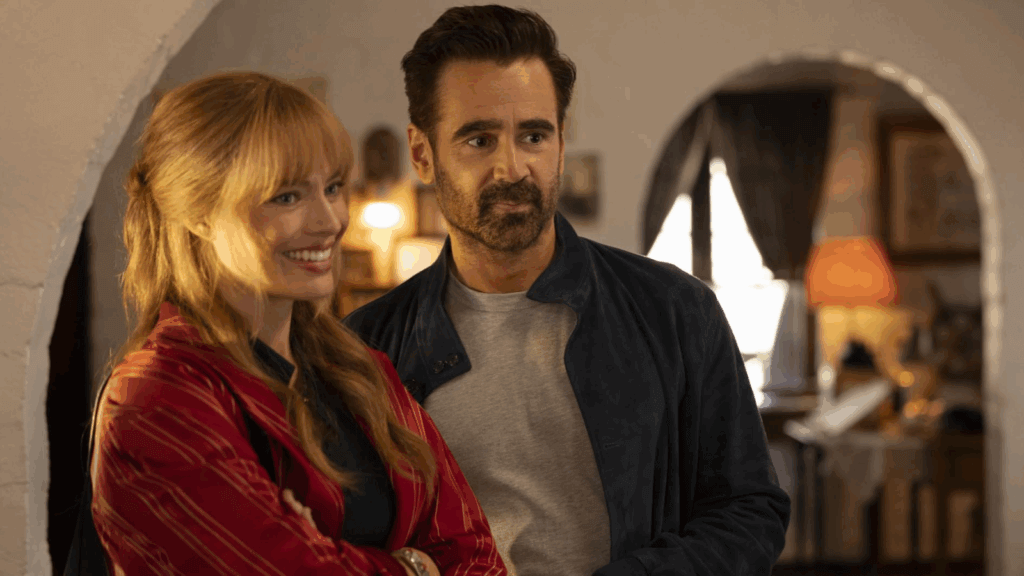
The film teems with fabulist imagery, accented by precious, unnatural details in its musical-like dismissal of reality. Production designer Katie Byron and costumer Arjun Bhasin deliver splashes of primary colors, while cinematographer Benjamin Loeb frames the picture in Kogonada’s affinity for symmetrical, orderly compositions. The combination of stark colors, surreal locations, and intentional framing evokes the films of Jacques Demy and Pedro Almodóvar, as well as Wes Anderson’s later work. At times, the film plays like experimental theater, with evocative spotlights on darkened soundstages, as though David and Sarah were traversing a cinemascape not unlike the Broadway Melody sequence in Singin’ in the Rain. It’s often a gorgeous film to look at, and Kogonada’s capacity for beauty propels the viewing experience more than the acting or Reiss’ trite script.
Indeed, Farrell and Robbie lack the onscreen chemistry that would make this a great romance. Farrell’s brief performance in a high school musical number suggests he should be a song-and-dance man, and he plays his weepy scenes well, as does Robbie. Yet, both performances feel too flat for such larger-than-life surroundings. Worse, Kogonada only explores David and Sarah through a kind of dramatic passive voice, revealing who they are mainly by commenting on their pasts and personalities rather than their active behavior. Even as they attempt to confront and find resolutions for their past mistakes by forgiving themselves, neither of them feels alive. They behave more like plastic components in an art installation. I didn’t yearn for them to get together, and when they finally kiss, it’s less swoon-worthy than shrug-worthy.
A Big Bold Beautiful Journey feels like a Gondry movie from twenty years ago, albeit stilted and without the sharpness and vision of a shattering Kaufman script—see Eternal Sunshine of the Spotless Mind (2004). Sequences involving time travel, living as other people, and visiting past lovers come and go without much consequence. The film has some neat ideas about how everyone is an actor, and performances—and by extension, any artistic endeavor—can reveal truth. In the end, the film’s message to “be open” instructs viewers to settle for contentment; pursuing happiness will only result in one disappointment after another. Don’t bother trying to be “special,” as David’s parents call him, or a perfect person. Just be. To whatever degree these lessons resonate in this context (not much), Kogonada never manages to invest us in David and Sarah, regardless of the eccentric, tangential, shimmering, and hollow world he builds around them.

Thank You for Supporting Independent Film Criticism
Thank you for visiting Deep Focus Review. If the work on DFR has added something meaningful to your movie watching—whether it’s context, insight, or an introduction to a new movie—please consider supporting it. Your contribution helps keep this site running independently.
There are many ways to help: a one-time donation, joining DFR’s Patreon for access to exclusive writing, or showing your support in other ways. However you choose to support the site, please know that it’s appreciated.
Thank you for reading, and for making this work possible.
Brian Eggert | Critic, Founder
Deep Focus Review


